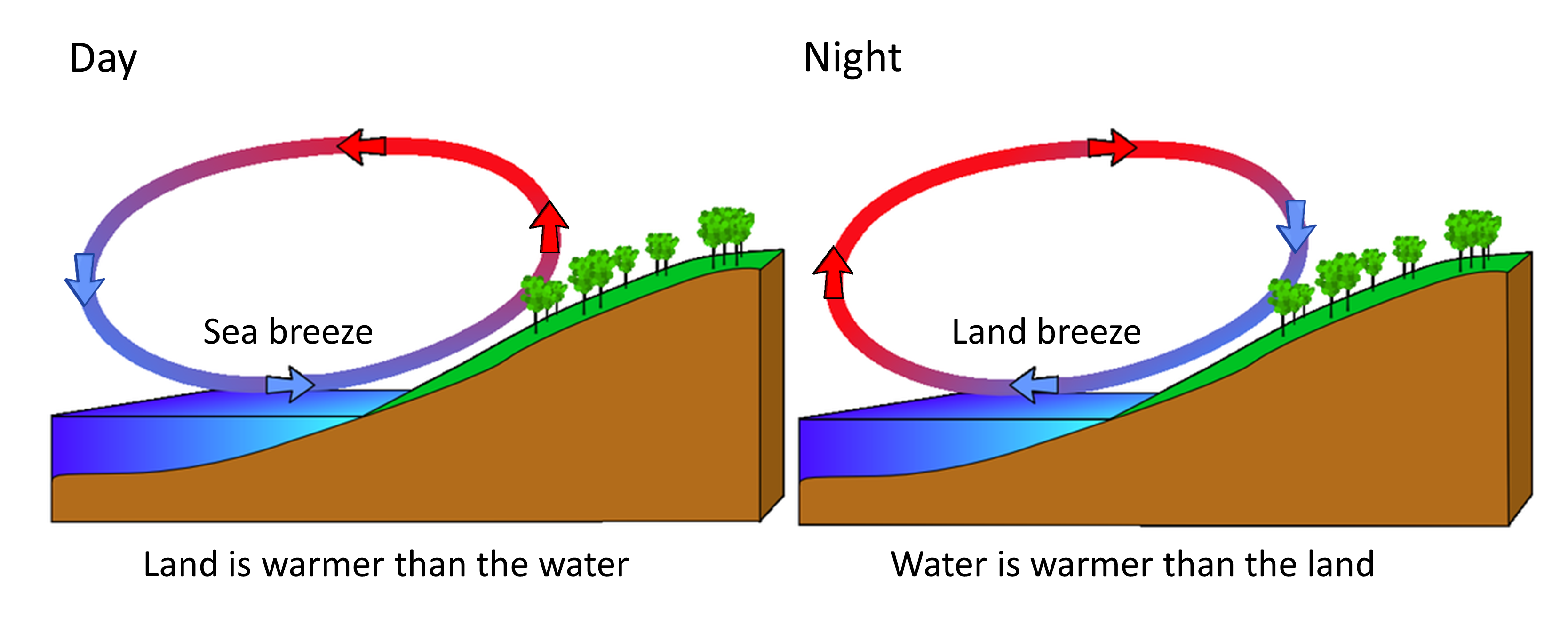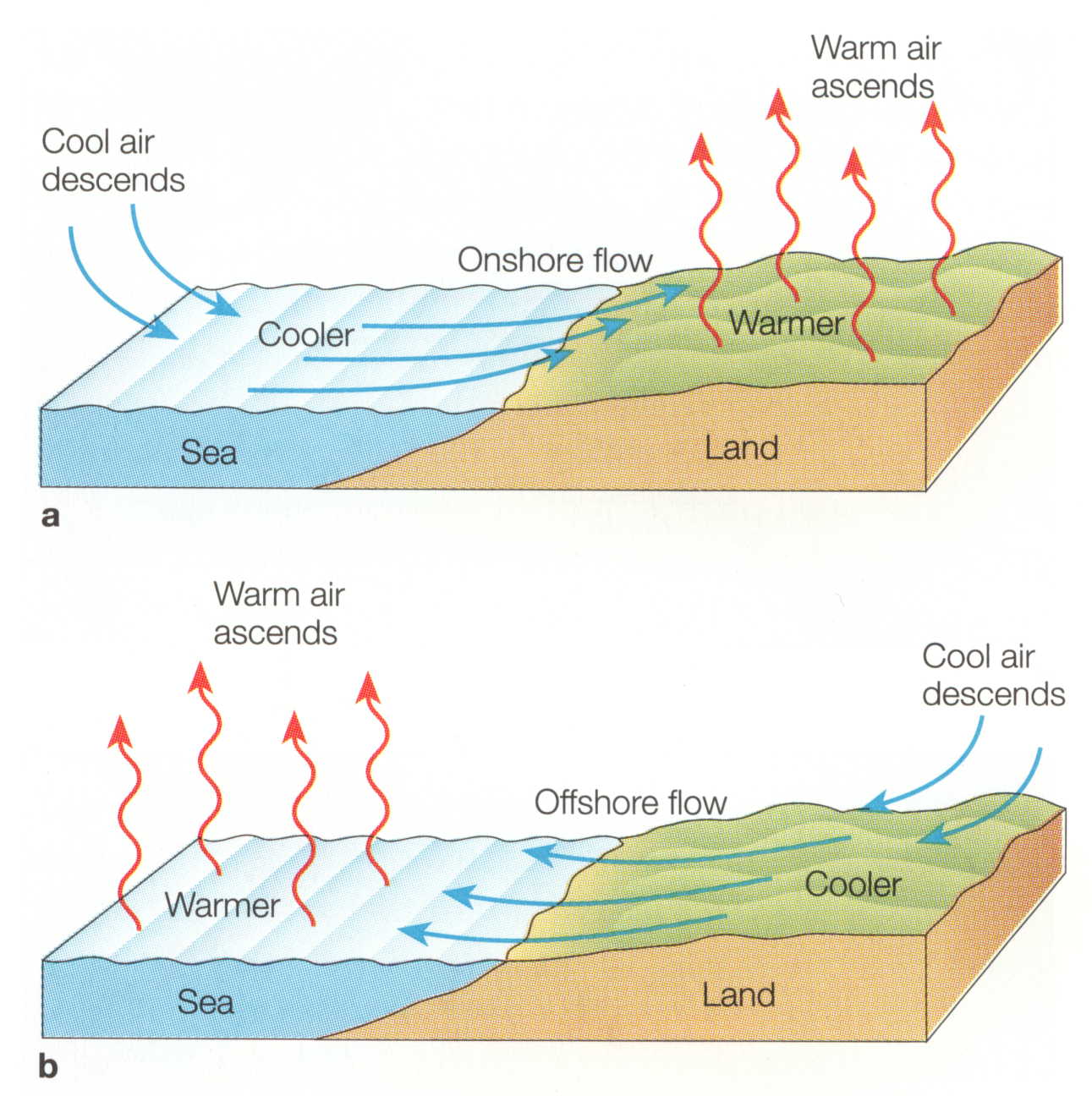Have you ever heard about the coastal movement? It's not just a buzzword; it's a revolution happening right before our eyes. From environmental activists to coastal communities, everyone is talking about this phenomenon. It's more than just a trend—it's a movement that’s reshaping how we view our coasts, oceans, and the future of our planet. So, buckle up because we're diving deep into the world of coastal movement and uncovering what it truly means for all of us.
Picture this: you're standing on a pristine beach, the sun is setting, and the waves are gently lapping at your feet. But as beautiful as it is, there's an underlying issue beneath the surface. Coastal areas are under threat, and the coastal movement is here to address these challenges head-on. It's about preserving the natural beauty of our coastlines while ensuring they remain sustainable for generations to come.
This isn’t just a local issue; it’s a global one. From the bustling shores of Miami to the serene beaches of Bali, coastal communities are uniting to tackle problems like rising sea levels, pollution, and habitat destruction. The coastal movement is about more than just saving the beaches—it’s about saving our planet. And guess what? You can be a part of it too.
Read also:Christina Schwarzenegger The Woman Who Embraces Strength And Grace
What is Coastal Movement? A Deep Dive
Let’s break it down. The coastal movement isn’t just one thing—it’s a collection of efforts, initiatives, and actions aimed at protecting and preserving our coastal ecosystems. It’s about recognizing the importance of coastal regions and taking steps to ensure they remain healthy and vibrant. This movement involves everyone, from scientists and policymakers to everyday people like you and me.
At its core, the coastal movement focuses on three main areas: conservation, sustainability, and resilience. Conservation means protecting the natural habitats and wildlife that call the coast home. Sustainability involves using resources in a way that doesn’t deplete them for future generations. And resilience is all about preparing for the inevitable changes that come with climate change, such as rising sea levels and extreme weather events.
Why Coastal Movement Matters
Here’s the deal: coastal areas are some of the most biodiverse and economically important regions on the planet. They provide food, jobs, and recreation for millions of people worldwide. But they’re also some of the most vulnerable to the impacts of climate change. Rising sea levels, ocean acidification, and pollution are just a few of the threats they face. That’s why the coastal movement is so crucial—it’s our chance to make a difference before it’s too late.
Think about it this way: if we lose our coasts, we lose so much more than just beaches. We lose entire ecosystems, livelihoods, and cultural heritage. The coastal movement is about preventing that from happening. It’s about ensuring that future generations can enjoy the same beauty and benefits that we do today.
Key Players in the Coastal Movement
Who’s behind this movement? It’s a diverse group of individuals and organizations working together for a common cause. Environmental NGOs, government agencies, scientists, and local communities are all playing a role. But it’s not just about big organizations—individuals like you can make a huge impact too.
- Environmental NGOs: Groups like the Ocean Conservancy and Surfrider Foundation are leading the charge in coastal conservation.
- Government Agencies: Organizations like the National Oceanic and Atmospheric Administration (NOAA) are working on policies and programs to protect coastal areas.
- Local Communities: Residents of coastal towns and cities are taking action through clean-up events, advocacy, and education.
- Scientists: Researchers are studying the impacts of climate change on coastal ecosystems and developing solutions to mitigate them.
How You Can Get Involved
Feeling inspired? Here’s how you can join the coastal movement:
Read also:Ainsley Earhardt Ring The Inside Scoop Youve Been Waiting For
- Volunteer for beach clean-up events in your area.
- Support organizations working on coastal conservation.
- Reduce your plastic use to help combat ocean pollution.
- Advocate for policies that protect coastal regions.
Coastal Movement and Climate Change
Climate change is one of the biggest threats to coastal areas, and the coastal movement is all about addressing it. Rising sea levels, more frequent and intense storms, and ocean acidification are just a few of the challenges we’re facing. But the good news is that the movement is making strides in finding solutions.
For example, many coastal communities are implementing adaptation strategies, such as building sea walls and restoring wetlands. These measures help protect against the impacts of climate change while also providing habitat for wildlife. Additionally, renewable energy projects are being developed in coastal areas to reduce greenhouse gas emissions.
Statistics to Know
Here are some eye-opening stats about the state of our coasts:
- Over 40% of the global population lives within 100 km of a coast.
- Sea levels are rising at an average rate of 3.3 mm per year.
- Plastic pollution kills over 1 million marine animals each year.
Coastal Movement and Biodiversity
Our coasts are home to some of the most incredible biodiversity on the planet. From coral reefs to mangroves, these ecosystems provide habitat for countless species. But they’re under threat, and the coastal movement is working to protect them.
Coral reefs, for example, are often referred to as the “rainforests of the sea” because of their incredible biodiversity. But they’re also some of the most vulnerable ecosystems to climate change. The coastal movement is focused on restoring and protecting these vital habitats through initiatives like coral planting and marine protected areas.
The Role of Mangroves
Mangroves are another key player in coastal ecosystems. These trees not only provide habitat for wildlife but also act as natural barriers against storms and erosion. The coastal movement is working to restore mangrove forests in areas where they’ve been lost due to development or climate change.
Coastal Movement and Tourism
Tourism is a double-edged sword when it comes to coastal areas. On one hand, it brings economic benefits to local communities. On the other hand, it can lead to overdevelopment and environmental degradation. The coastal movement is working to promote sustainable tourism practices that balance these needs.
For example, eco-tourism initiatives are being developed in many coastal regions. These programs focus on minimizing environmental impact while providing authentic experiences for visitors. By choosing sustainable tourism options, travelers can help support the coastal movement and protect these beautiful areas.
Best Practices for Sustainable Tourism
Here are some tips for being a responsible tourist in coastal areas:
- Choose eco-friendly accommodations.
- Support local businesses and communities.
- Respect wildlife and natural habitats.
- Minimize your waste and carbon footprint.
Coastal Movement and Policy
Policy plays a crucial role in the success of the coastal movement. Governments around the world are implementing laws and regulations to protect coastal areas. But there’s still a long way to go, and the movement is pushing for stronger action.
One example is the Paris Agreement, which aims to limit global warming to well below 2 degrees Celsius. While this agreement doesn’t specifically focus on coastal areas, its goals are essential for protecting them from the impacts of climate change. The coastal movement is advocating for policies that address the unique challenges faced by coastal regions.
Challenges in Policy Implementation
Despite progress, there are still challenges in implementing effective coastal policies. Issues like corruption, lack of funding, and conflicting interests can hinder efforts. But the coastal movement is working to overcome these obstacles through advocacy, education, and collaboration.
Coastal Movement and Innovation
Innovation is a key driver of the coastal movement. From new technologies to creative solutions, there’s a lot happening in this space. For example, floating cities and artificial reefs are being developed as potential solutions to rising sea levels and habitat loss.
Additionally, advancements in renewable energy are helping coastal communities transition away from fossil fuels. Solar and wind power projects are being implemented in many areas, reducing greenhouse gas emissions and promoting sustainability.
Emerging Technologies
Here are some exciting technologies being used in the coastal movement:
- Floating solar panels that generate energy while minimizing land use.
- Artificial intelligence systems that monitor and predict coastal changes.
- Biodegradable materials that reduce plastic pollution in the oceans.
Coastal Movement and Education
Education is a powerful tool in the coastal movement. By raising awareness and providing information, we can inspire people to take action. Schools, universities, and community organizations are all playing a role in educating the public about the importance of coastal conservation.
Programs like marine biology courses and environmental workshops are helping to build a new generation of coastal advocates. These initiatives not only teach about the science behind coastal issues but also empower individuals to make a difference in their own communities.
How to Educate Others
Here are some ways you can help spread the word about the coastal movement:
- Share articles and resources on social media.
- Host community events or workshops.
- Engage in conversations with friends and family.
Conclusion: Join the Wave of Change
The coastal movement is more than just a trend—it’s a necessity. Our coasts are under threat, and it’s up to all of us to take action. Whether you’re a scientist, policymaker, or everyday person, there’s a role for you in this movement. By working together, we can protect our coasts and ensure a sustainable future for generations to come.
So, what are you waiting for? Dive into the coastal movement and make a difference today. Share this article with your friends and family, and let’s create a wave of change that can’t be stopped. Together, we can turn the tide and protect the beauty of our coasts.
Table of Contents


